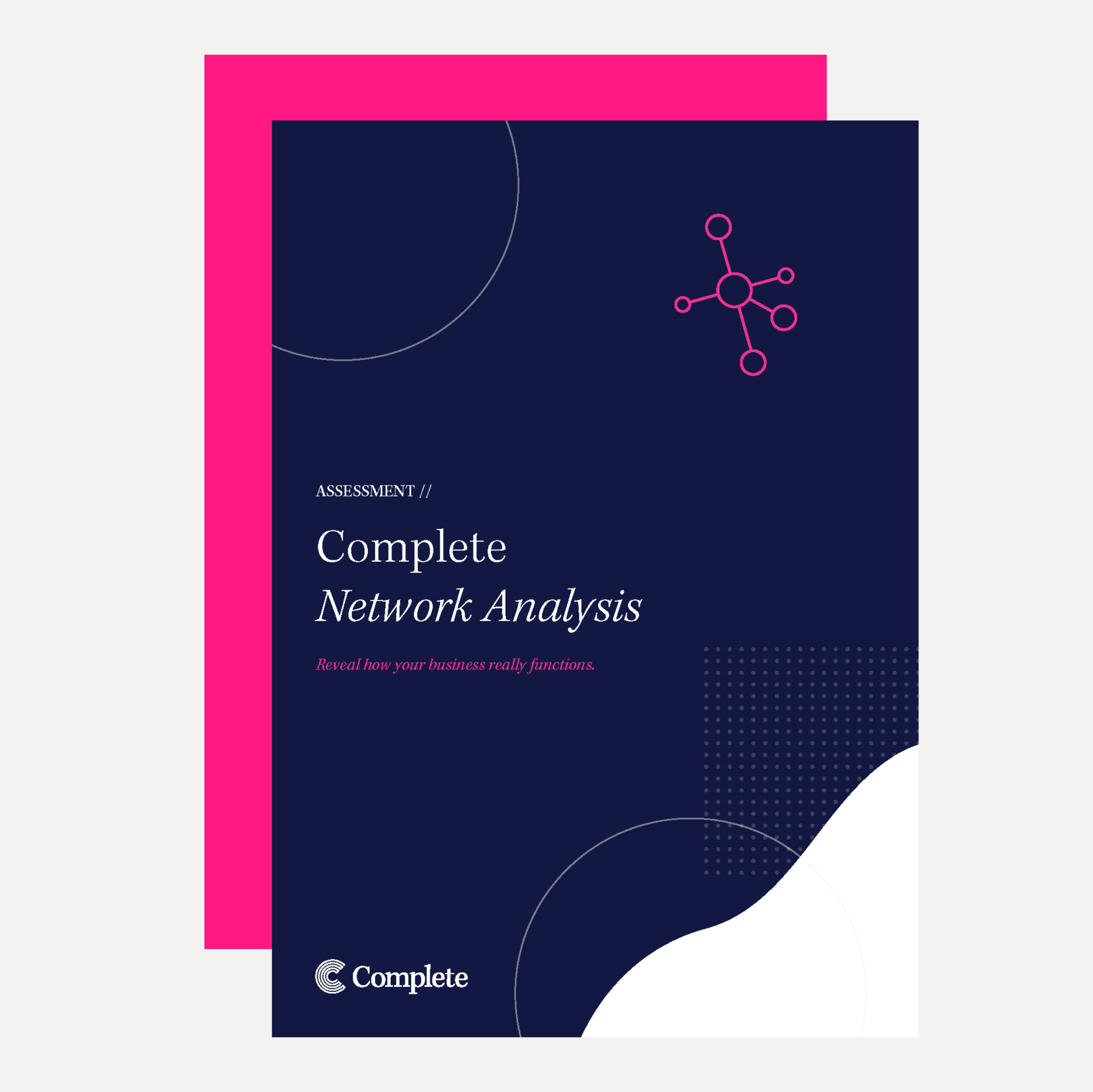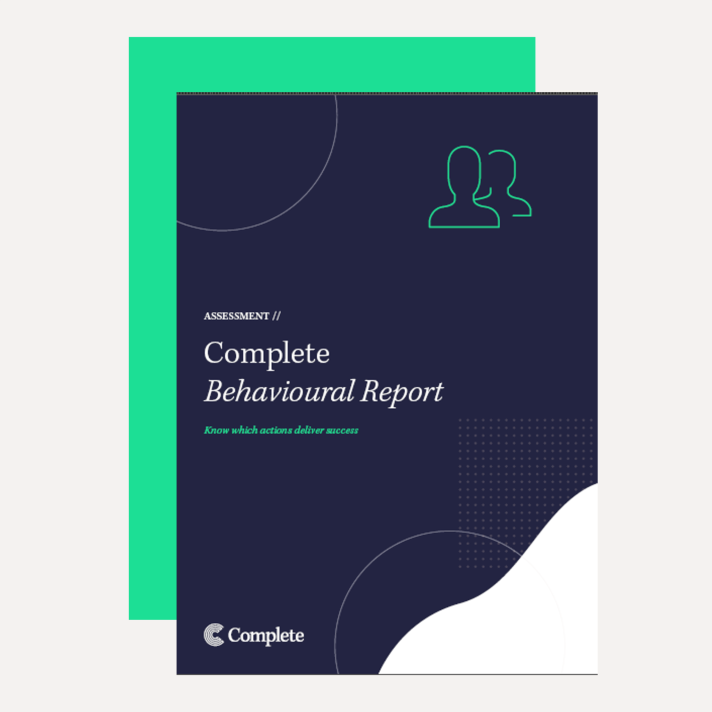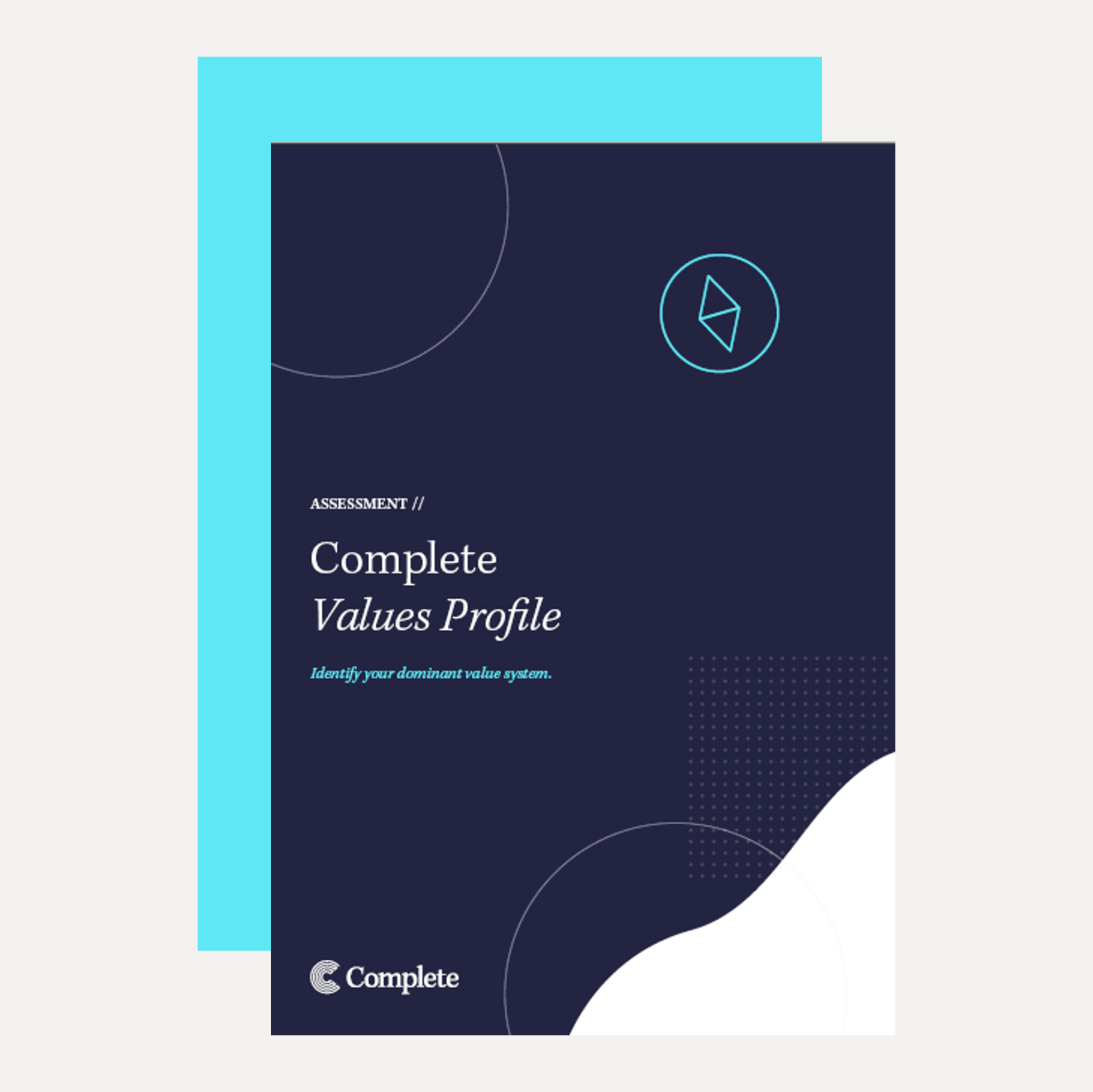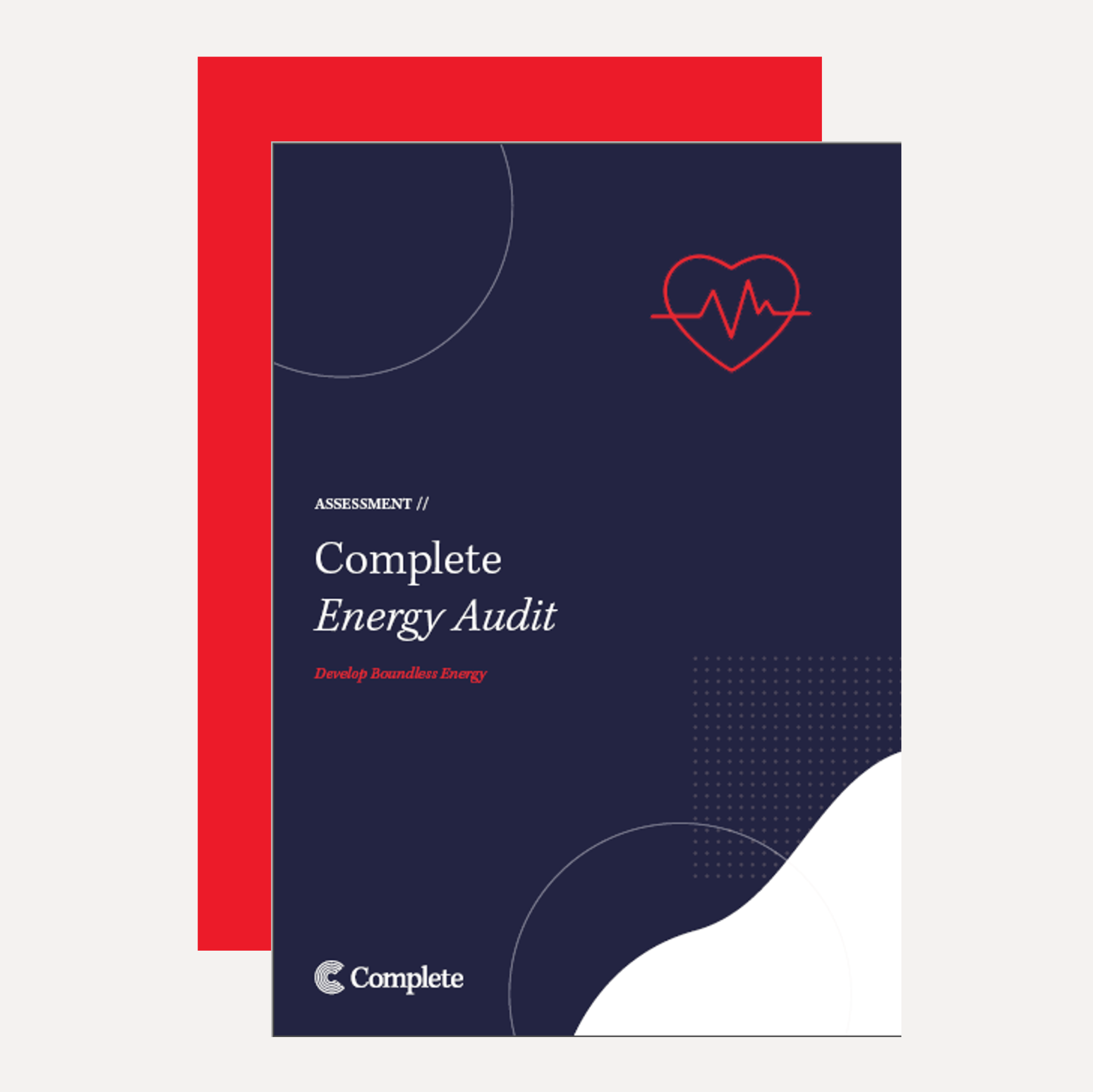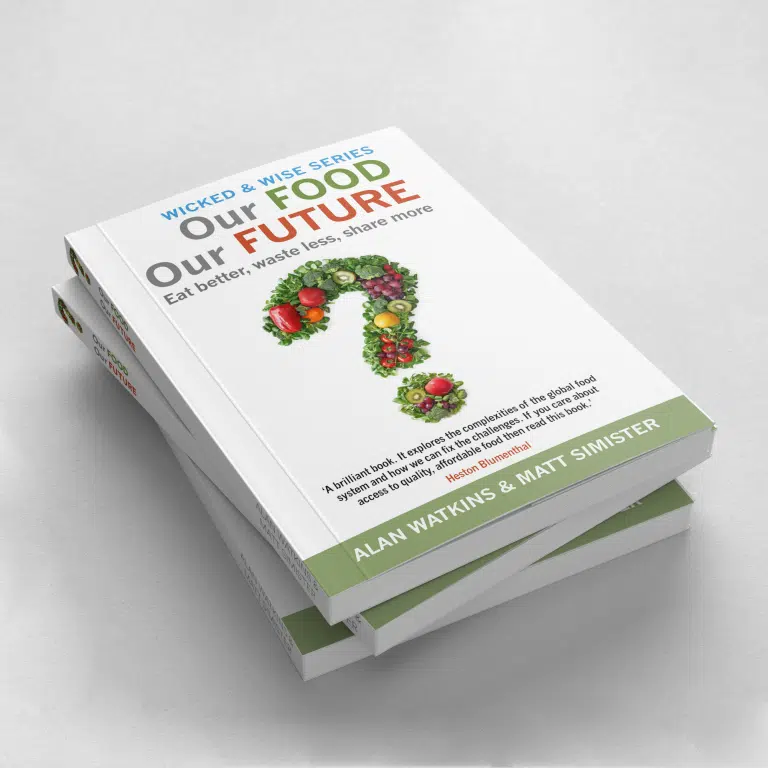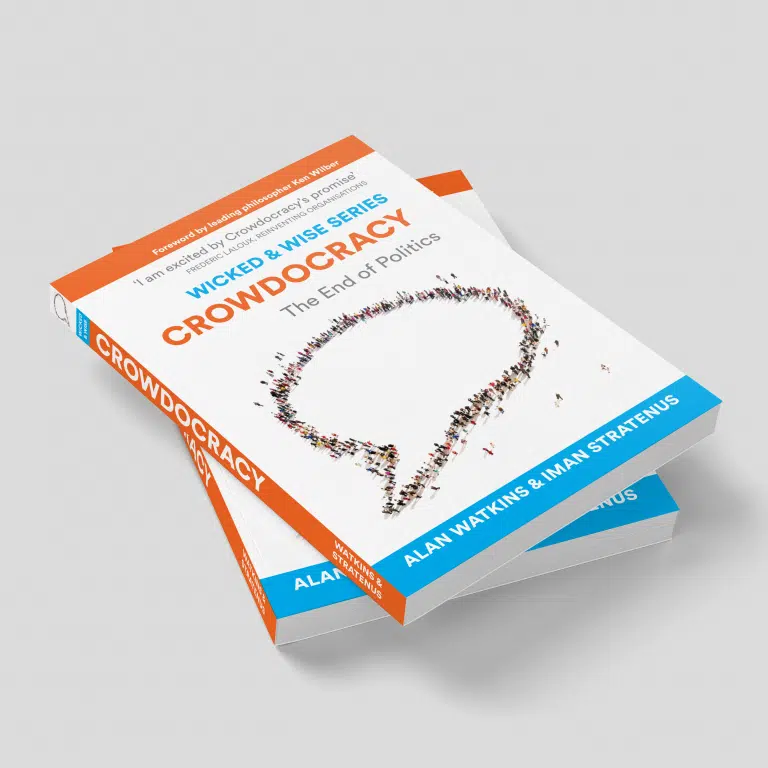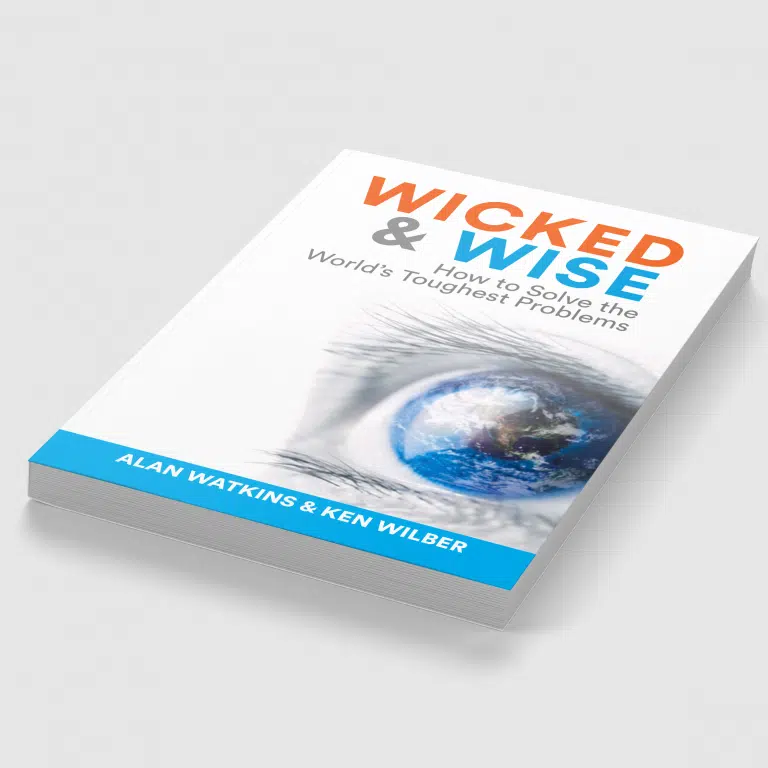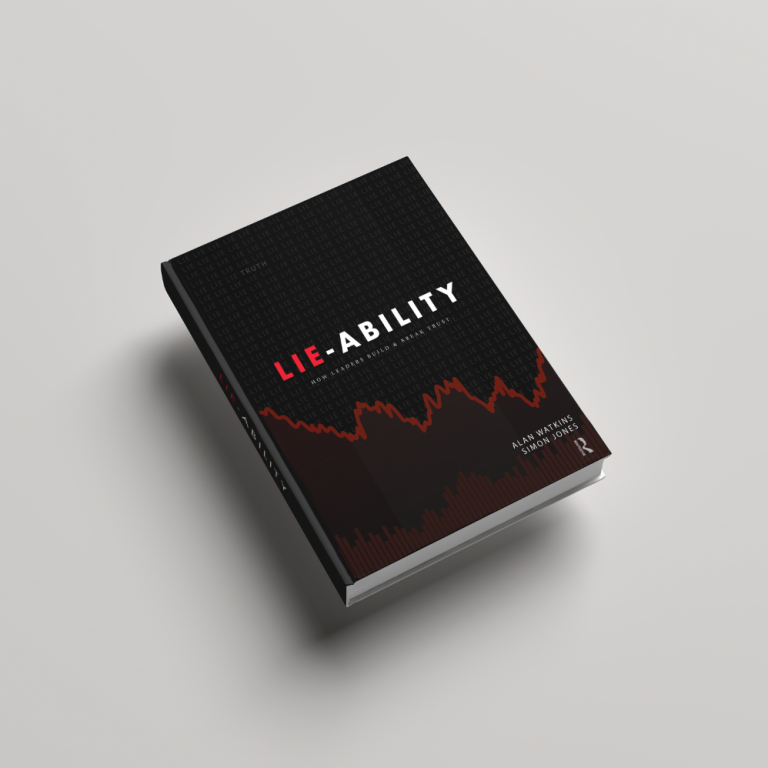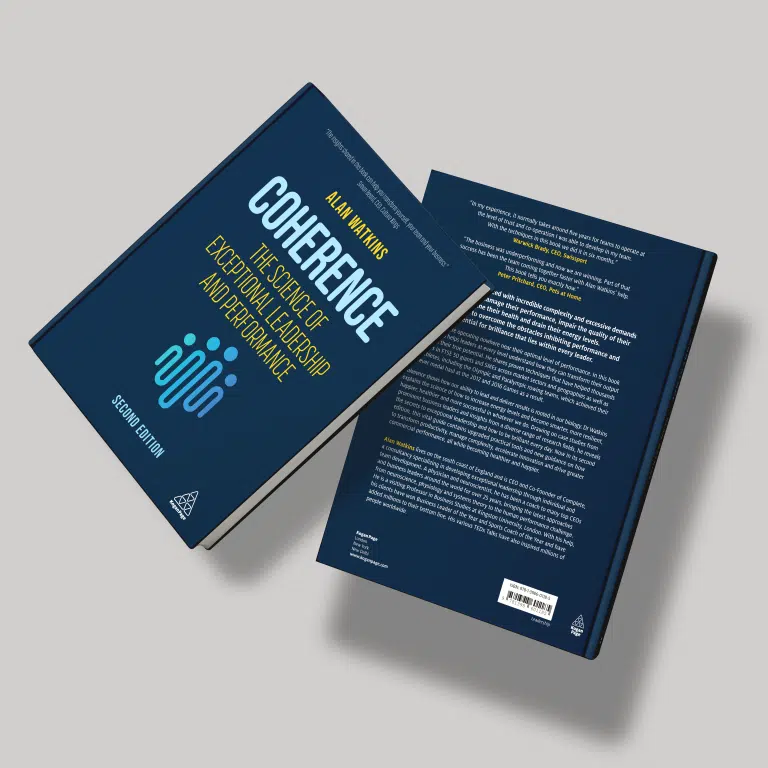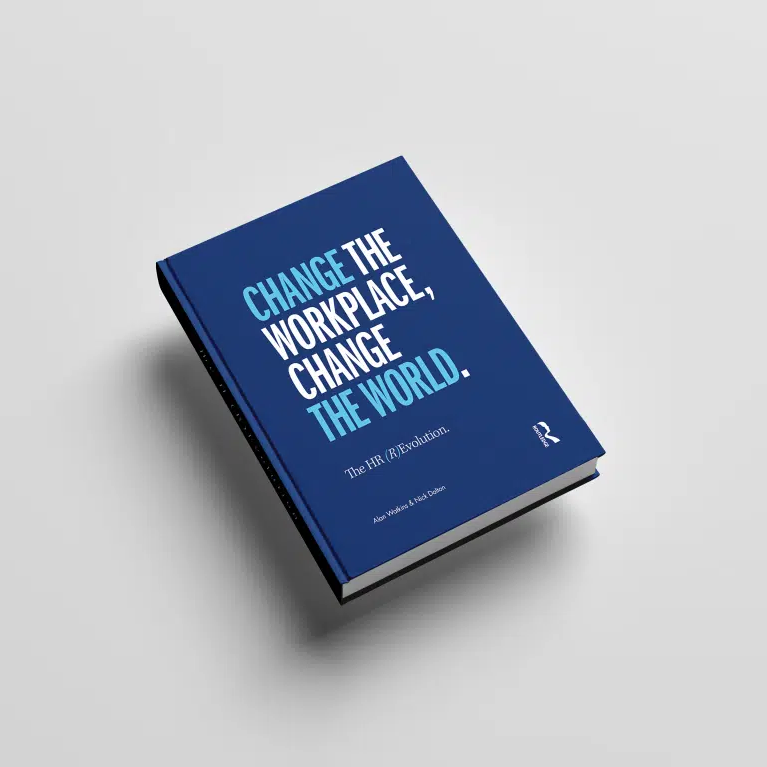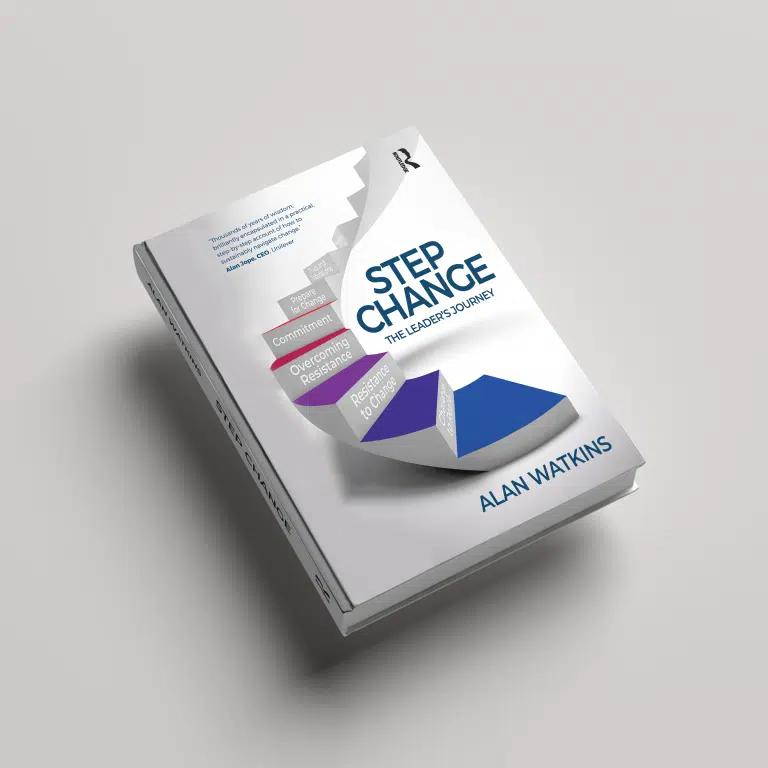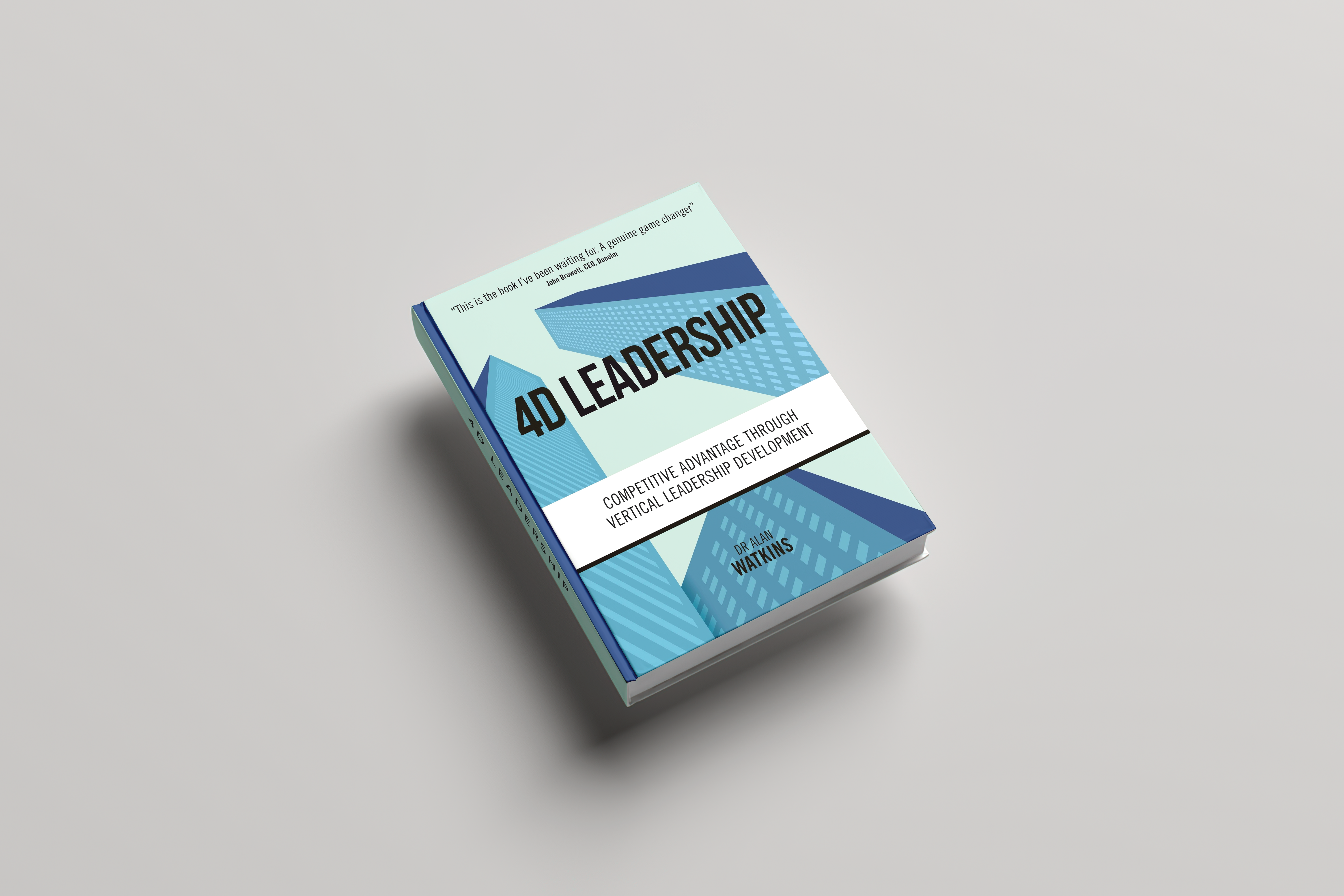The theme for the UN’s World Environment Day on 5th June 2023 is #BeatPlasticPollution. This environmental challenge has gained more and more attention as we have discovered the extent of the problem.
Large plastic items have obvious consequences, but microplastics (less then 5mm in length) are increasingly being researched. Microplastics have been found throughout the environment. Plastic pollution often ends up in our marine ecosystem where large plastic items break down into microplastic fragments, adding to the small pellets and beads already there.
We know that these plastics come from multiple sources – cosmetics, clothes, food packaging and industrial processes. And we also know that microplastics can accumulate in soil and, through ingestion, in the bodies and tissues of organisms, including humans. The effects of this are not fully understood, but plastics degrade slowly and can release toxic chemicals. The prevalence, persistence and poisonous nature of plastic pollution is clear.
Beating plastic pollution is a wicked problem – ‘wicked’ not in the sense of ‘evil’, but in the academic sense of a very complex problem. In Wicked & Wise, Dr Alan Watkins and Ken Wilber describe the nature of wicked problems and how to tackle them wisely.
A good place to start is to map the multiple dimensions of the wicked problem. Watkins & Wilber apply a four-quadrant model.
There are some actions to take, or things we can do. These make up the IT dimension, which has two quadrants short-term and long-term. Then there are social norms to address so that we change what’s expected and culturally acceptable. This makes up the third quadrant (the WE dimension) or how we approach the problem together. And finally, the fourth quadrant is the individual attitudes that need to shift. These are in the I dimension that drives how people think and feel about the challenge.
Here’s are a few ideas (illustrative, but not exhaustive!) about what beating plastic pollution might look like in this frame:

To solve a wicked problem, it’s essential to tackle it from all four quadrants. If we come up with brilliant innovations on packaging, but nobody wants to buy them – we won’t succeed. If individuals want to recycle, but there is no local facility to do it – we won’t succeed. If education changes what communities expect, but we keep making single use plastics – we won’t succeed. To beat plastic pollution, we need to come at it from all four quadrants simultaneously and keep evolving our efforts because each quadrant affects all of the others.
This multi-dimensional view is critical for wicked problems on a global scale, and it’s also applicable to organisational strategic challenges and individual leadership problems. By widening our view, we ensure that we don’t miss anything and we amplify our chances of success. What are you doing about plastic pollution? How might you apply the multi-dimensional view to a challenge you’re facing?













